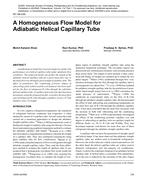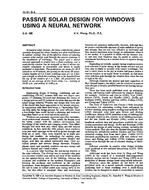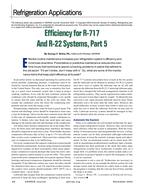Chronic shortages of oil and gas in the U.S. have caused industry to turn its attention to less conventional energy sources. One promising alternative is geothermal energy.
A huge reserve of energy is contained in geothermal reservoirs in the western U.S. Evaluations by the U.S. Geological Surveyl indicate that 1.7 x 1018 kJ (1.6 x 1018 Btu) of geothermal energy are present in 2.15 identified hydrothermal systems at temperatures greater than 90°C (194 F) and at depths of less than 3,000 m (10,000 ft). Undiscovered thermal energy at greater than 90°C and less than 3,000 m is estimated to be 8 x 1018 kJ. The geothermal energy picture in the eastern U.S., however, is far less impressive.
Renner and Vaught conducted a survey in 1979 of geothermal resources in the east.2 Although the review showed little evidence of geothermal resources with temperatures greater than 90°C, it did show evidence of substantial low-temperature resources. Such resources are not suitable for electricity generation—the most common method of using geothermal energy—but low-temperature resources still deserve consideration as they can be commercially interesting in many direct-use applications that do not require high-level heat, such as food processing or space conditioning.
A limited program of eastern geothermal development is currently being pursued by the U.S. Dept. of Energy. This paper, which discusses the occurrence and costs of producing geothermal resources in the eastern U.S., is based to a large extent on work associated with the DOE eastern geothermal program. The eastern geothermal resources discussion which follows is extracted principally from the survey of Renner and Vaught developed under DOE sponsorship.
Citation: Symposium, ASHRAE Transactions, Volume 87, Part 1, Chicago, Illinois
Product Details
- Published:
- 1981
- Number of Pages:
- 11
- File Size:
- 1 file , 890 KB
- Product Code(s):
- D-CH-81-02-1


